5 yoga postures to help fight the flu this winter
Boost your immune system with these yoga postures that help respiratory health and keep nasal congestion at bay
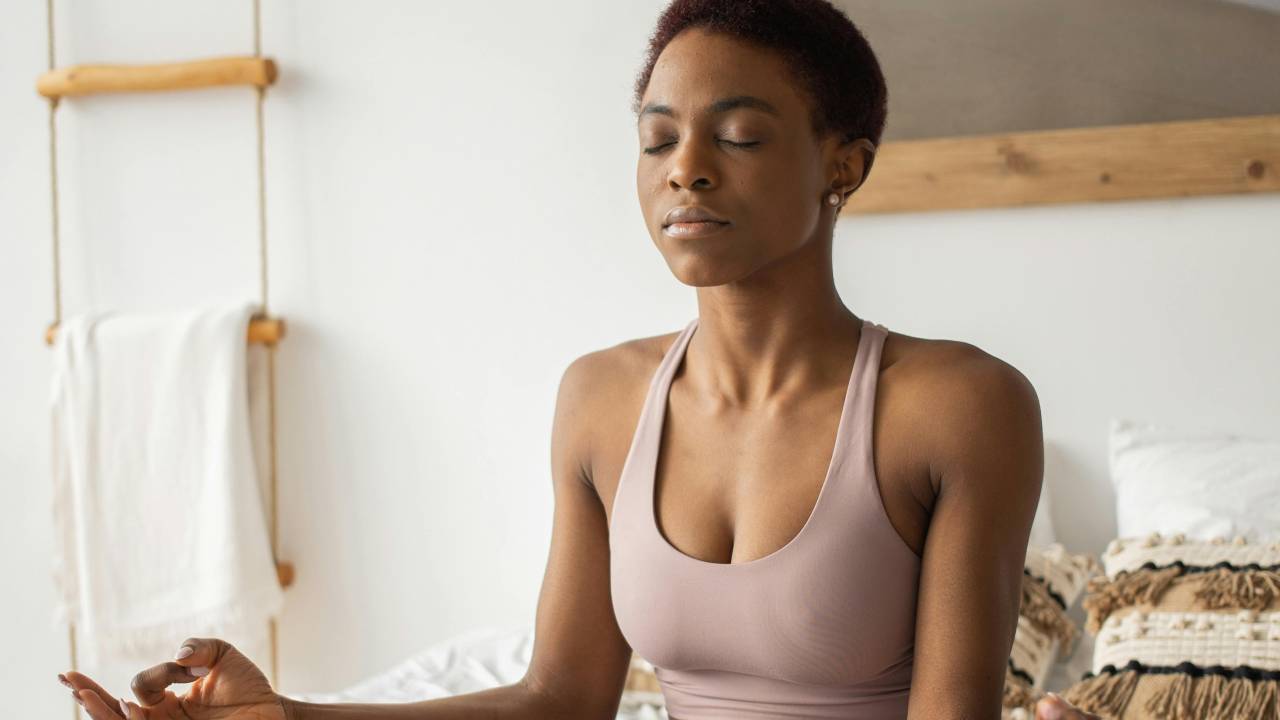
Winter is cold and flu season, so it’s almost inevitable that you’ll end up with the sniffles at some point. One thing you can do to prepare your body for the flu season is to practice yoga.
Yoga keeps the whole body and mind healthy and can help boost your immune system. The five yoga poses below focus on respiratory health, creating space in the lungs and clearing the nasal passages. It’s advised to practice these poses to boost your immune system in readiness for the winter flu season. Make sure you have one of the best yoga mats or a yoga block to hand for these.
If you have a cold or the flu, some of these postures can be comfortable to practice whereas others are best avoided due to nasal and sinus congestion. Primarily, these postures are a way to boost your immune system so you can effectively fight off any colds or the flu that might come your way.
1. Padahastasana (hand to foot pose)
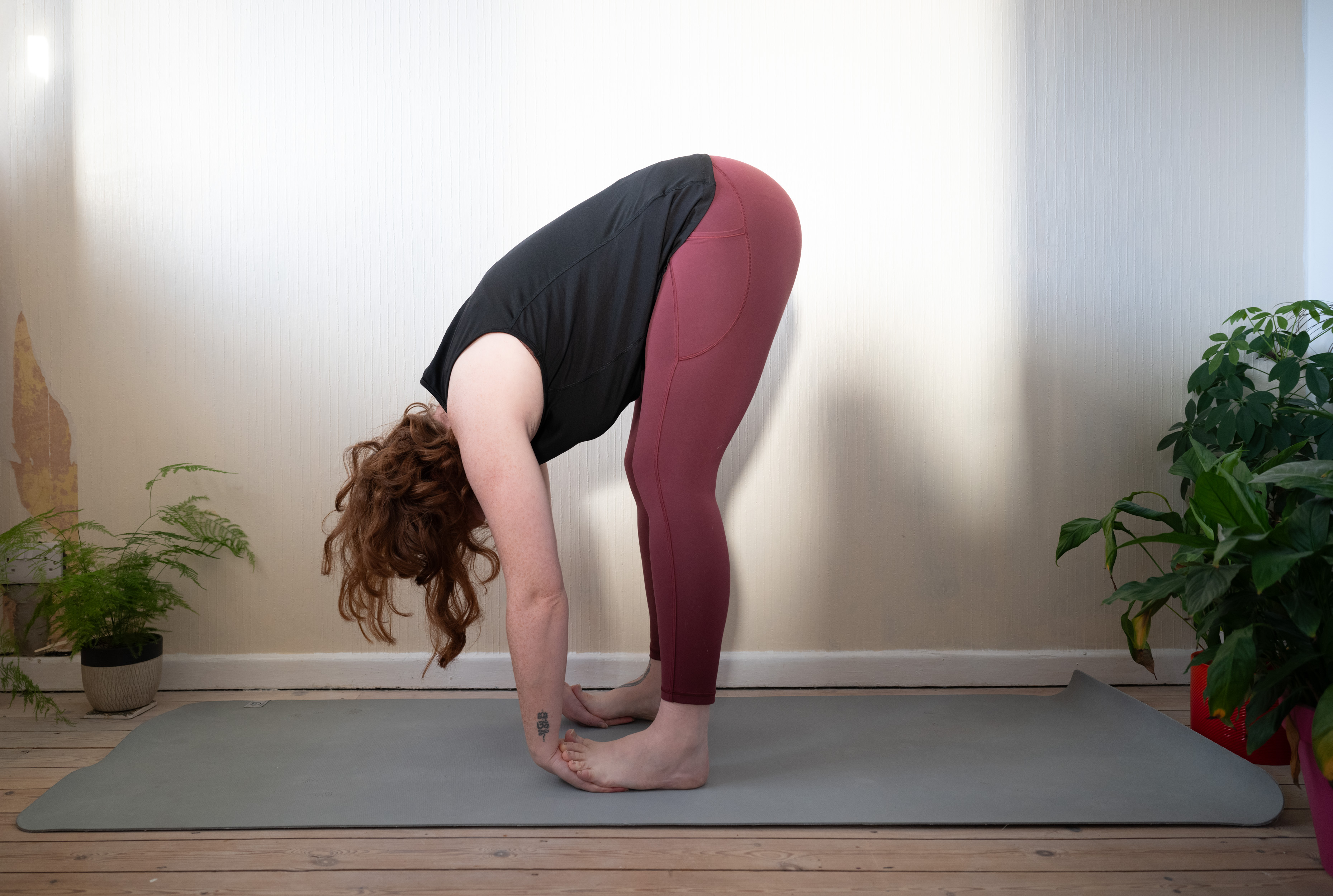
This is a yoga posture most people can do and is easily adapted for those who may have less mobility. According to the traditional teachings of Hatha Yoga, Padahastasana (Pada meaning foot, Hasta meaning hand), can help relieve throat and nasal diseases due to turning the body upside down. If you're in the midst of a cold, this posture isn’t advised as it will feel uncomfortable due to congestion. However, in order to keep your immune system healthy, and colds and flus at bay, inverting the body can help keep the nasal passages clear.
To practice Padahastasana, begin with your feet hip distance apart. Inhale and extend your arms overhead to lengthen your trunk. On an exhale, fold forward from your hips, keeping a slight bend in your knees to help the fold to come from the hips, not the spine. Traditionally, and only if you’re really flexible, you would tuck your hands under your feet. Rather than strain to get here, bend your knees deeply or place your hands on yoga blocks in front of you. Allow your spine to reach down towards the floor and breathe deeply. Stay for a few breaths before slowly rising up with bent knees, curling the spine to standing.
For those who are less mobile or may struggle to stand to do this posture, consider practicing it while seated in a chair. Inhale and extend the arms overhead for length in the upper body before exhaling and bringing your trunk over your knees. Allow the head to drop down towards the floor to clear the nasal passages. Take a few breaths before slowly lifting back up.
2. Bhujangasana (cobra pose)
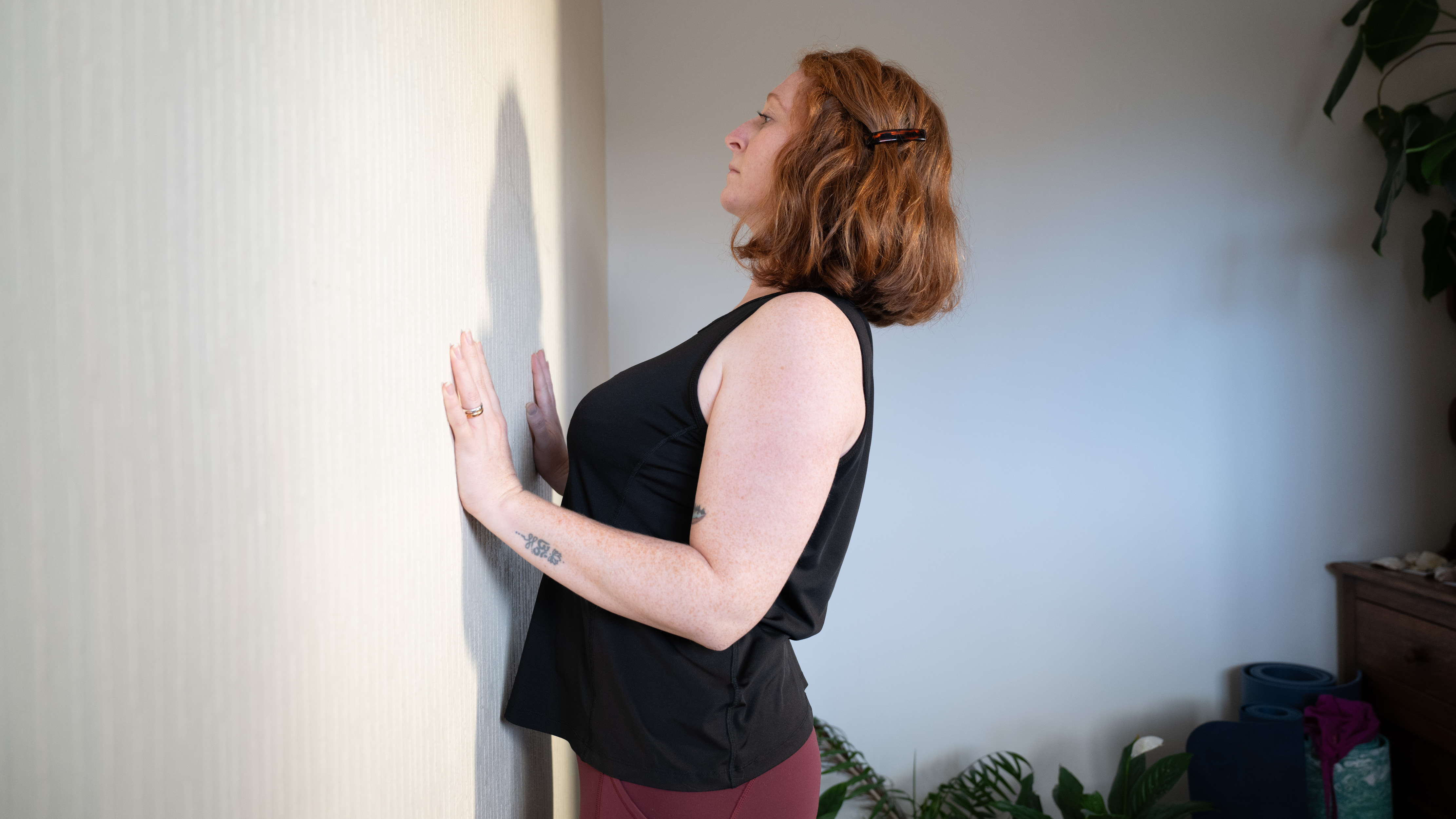
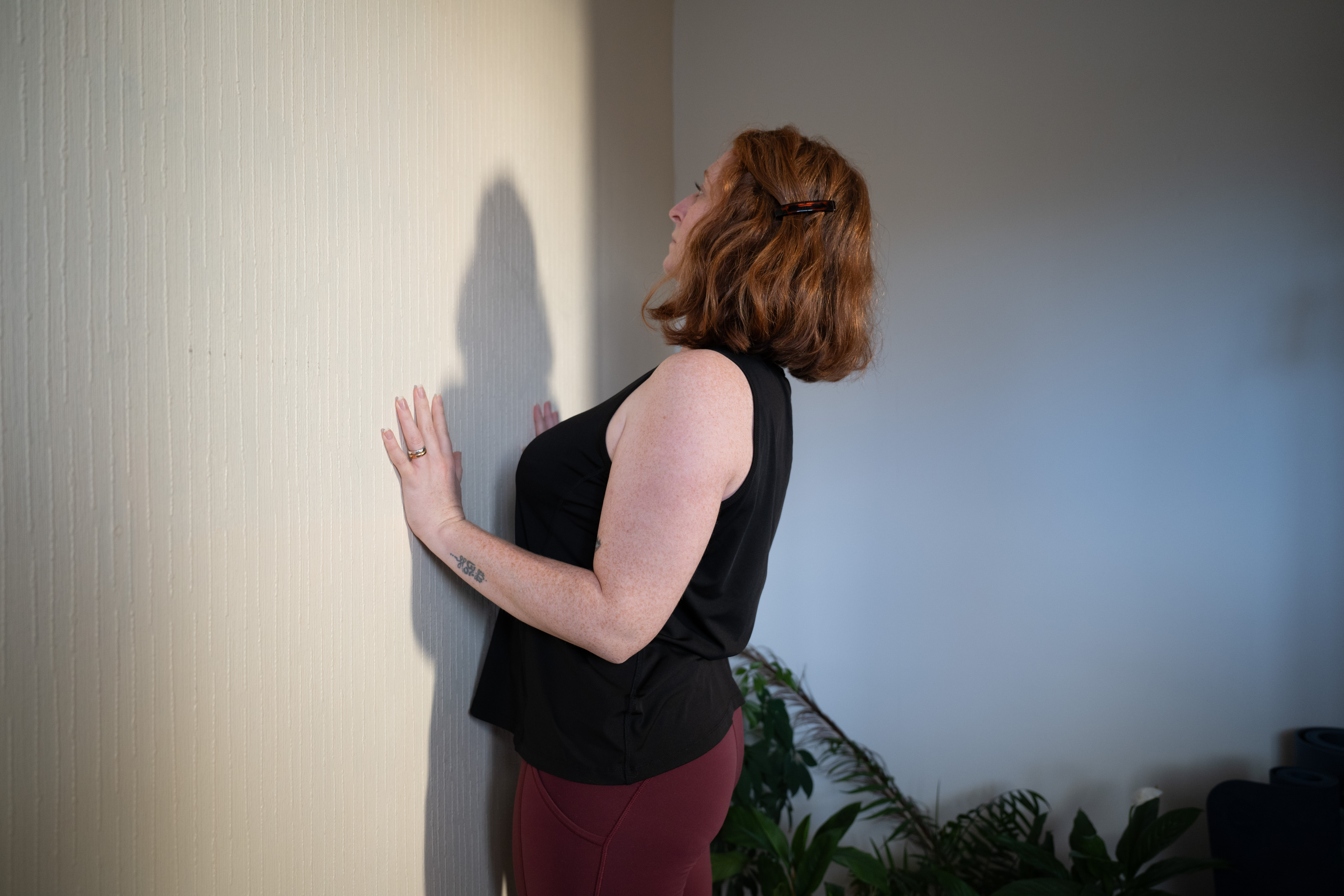
This is a common yoga posture that many people have heard of. While it's normally taught to strengthen the back muscles and loosen the spine, it also has huge benefits for the lungs. When in a deep cobra pose, the chest is fully expanded and the lungs can gain elasticity and space. This can help stimulate the lungs and ultimately allow deeper breathing which can keep nasal passages clear and the flu away.
Get all the latest news, reviews, deals and buying guides on gorgeous tech, home and active products from the T3 experts
To practice Bhujangasana, lie on your front with your fingertips in line with the tops of your shoulders. Tuck your elbows back towards your spine and lower your forehead to the floor. On an inhale, gently press into your hands and lift your head and chest off the floor. Keep pressing into the tops of your feet and thighs to help support your back. Go as high as feels comfortable. If you want to go higher, come down and take your hands back towards your ribs to really stretch upwards and open the lungs. Stay for a few breaths before lowering down on an exhale.
For those that cannot lie on their fronts, you can practice this against a wall, using the wall in the same way as the floor in the example above.
3. Dhanurasana (bow pose)
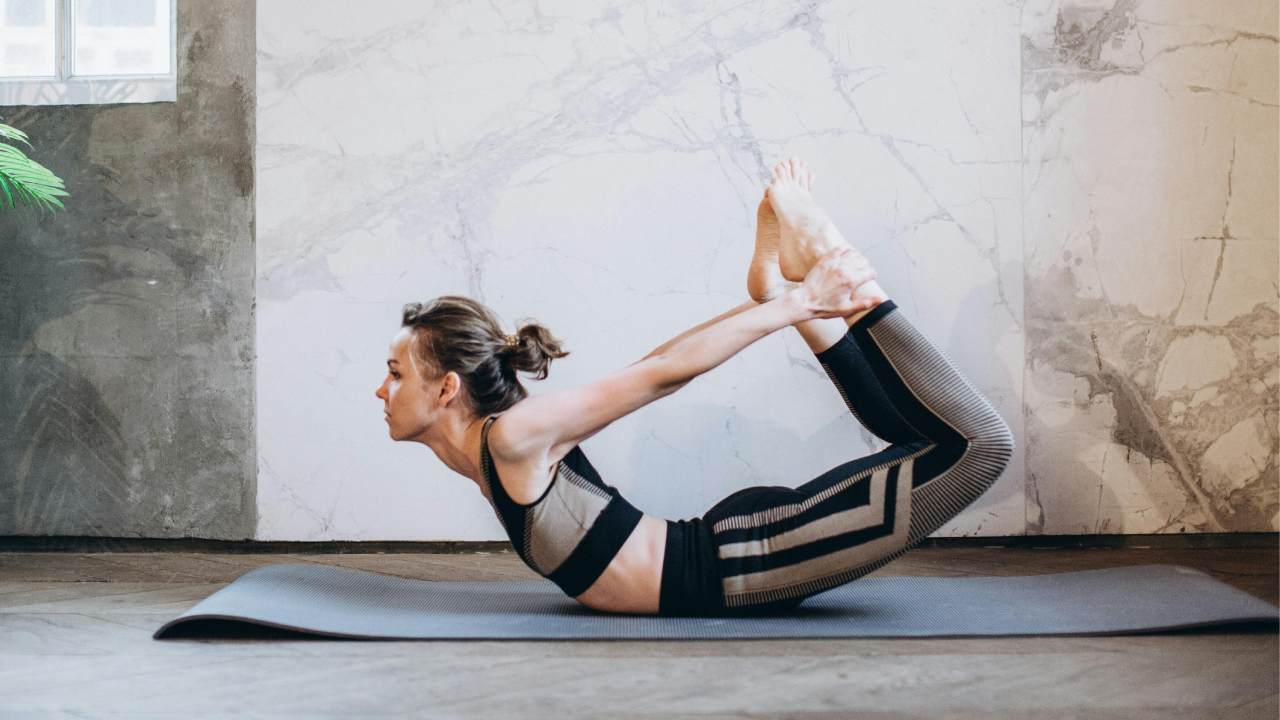
Dhanurasana is another backbend that can help open the chest and lungs, bringing similar benefits to the cobra pose. However, it has more benefits than just opening the lungs, giving the whole digestive tract and kidney a massage as well as increasing blood circulation. Furthermore, it can aid respiration which can help to keep colds and the flu at bay. This is one to work on if you want to feel healthy this winter!
From lying on your front, bend your knees and see if you can reach your ankles with your hands. If you can, hold the fronts of your ankles rather than the tops of your feet for better grip. If this isn’t possible, grab your trouser legs or use a belt around the fronts of your ankles and hold the belt instead. On an inhale, begin to lift your knees off the floor while pressing your feet away from your buttocks. This will bring the shoulders back and lift the chest. If your knees do not lift, do not be disheartened. It takes lots of practice so you can just practice taking the feet away from the buttocks for now to get a similar opening in the front of the body. On an exhale, slowly lower the knees and release the feet.
For those who cannot lie comfortably on their abdomen or struggle with this variation, you can come to stand instead. From here, bend one knee and take the front of your ankle (or use a yoga belt around the front of the ankle if you cannot comfortably reach). On an inhale, practice taking the foot away from the buttock and lift the opposite arm. On an exhale, release and try on the other side, too.
4. Matsyasana (fish pose)
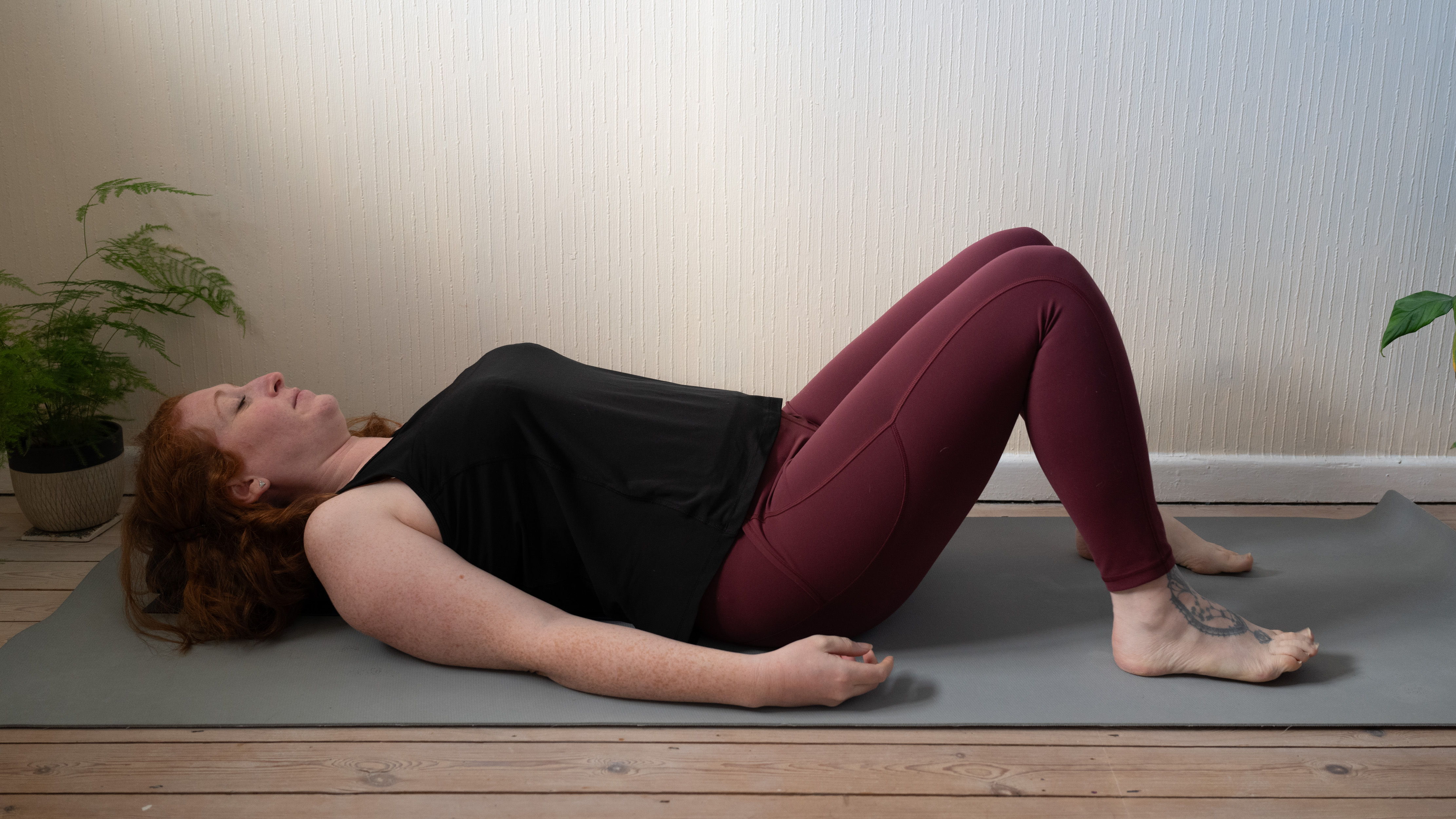
You might see a trend here that backbends tend to be important in combating the spreading of viruses, so, here’s another one. Matsyasana, fish pose, is a backbend that's performed while lying on the back. As with the other backbends, Matsyasana encourages deep breathing which helps to keep the respiratory tract clear and healthy.
To practice the more accessible variation of Matsyasana, have some cushions or a rolled up yoga mat handy. Place it lengthways on your mat. Sit with your back to it and place your bum onto the yoga mat, with the prop touching your tailbone. Slowly lower yourself onto the prop so it supports the length of your spine and your head. You can use a further support under the head if you feel your chin is lifting up too much and your neck feels shortened.
Relax your arms to the side of you and feel how your chest is being lifted by the support beneath you. Breathe deeply here, drawing the in-breath down into your belly and exhaling slowly. Stay for up to five minutes before gently rolling to the side to sit back upright.
5. Sarvangasana (Shoulder stand)
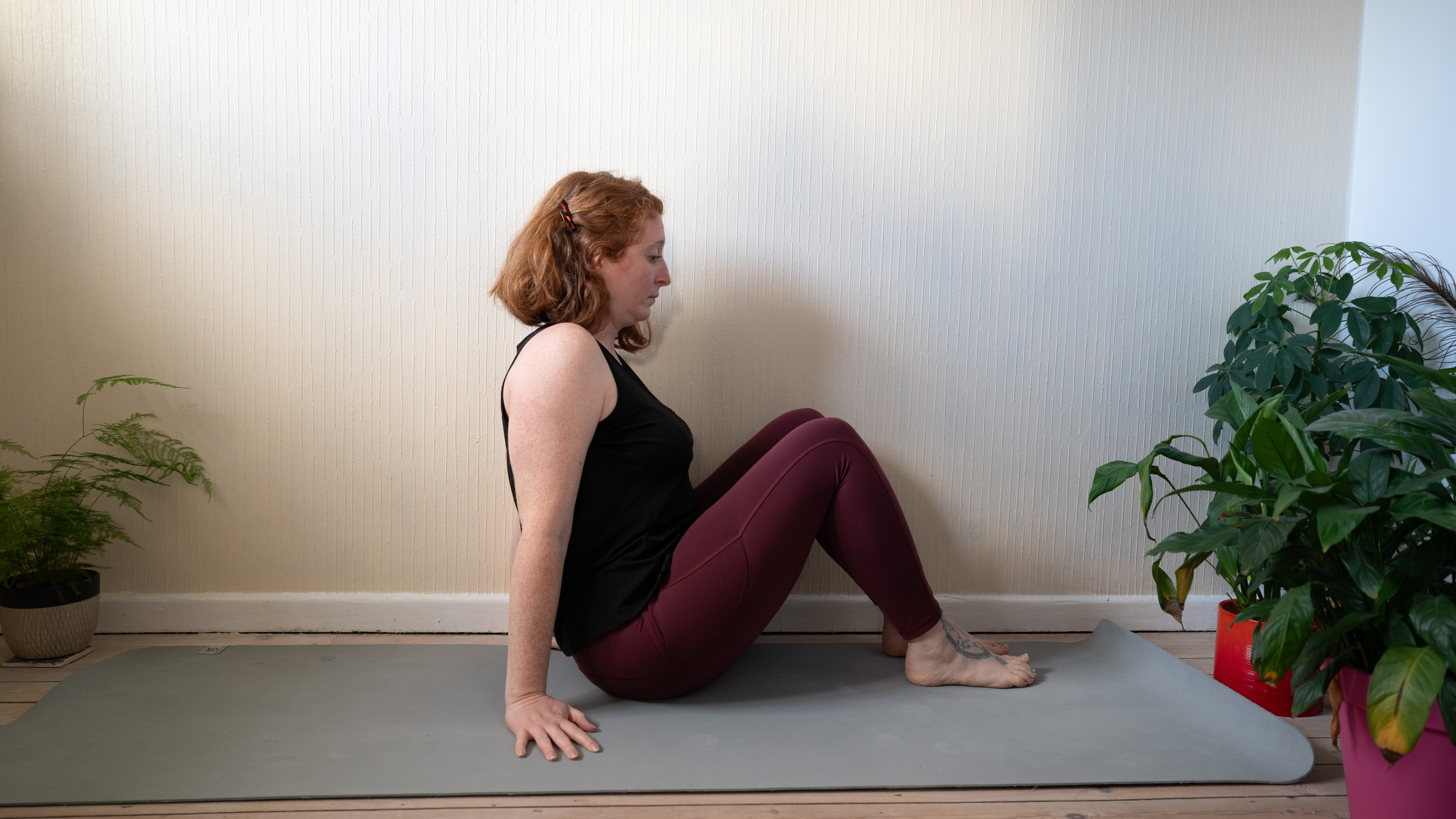
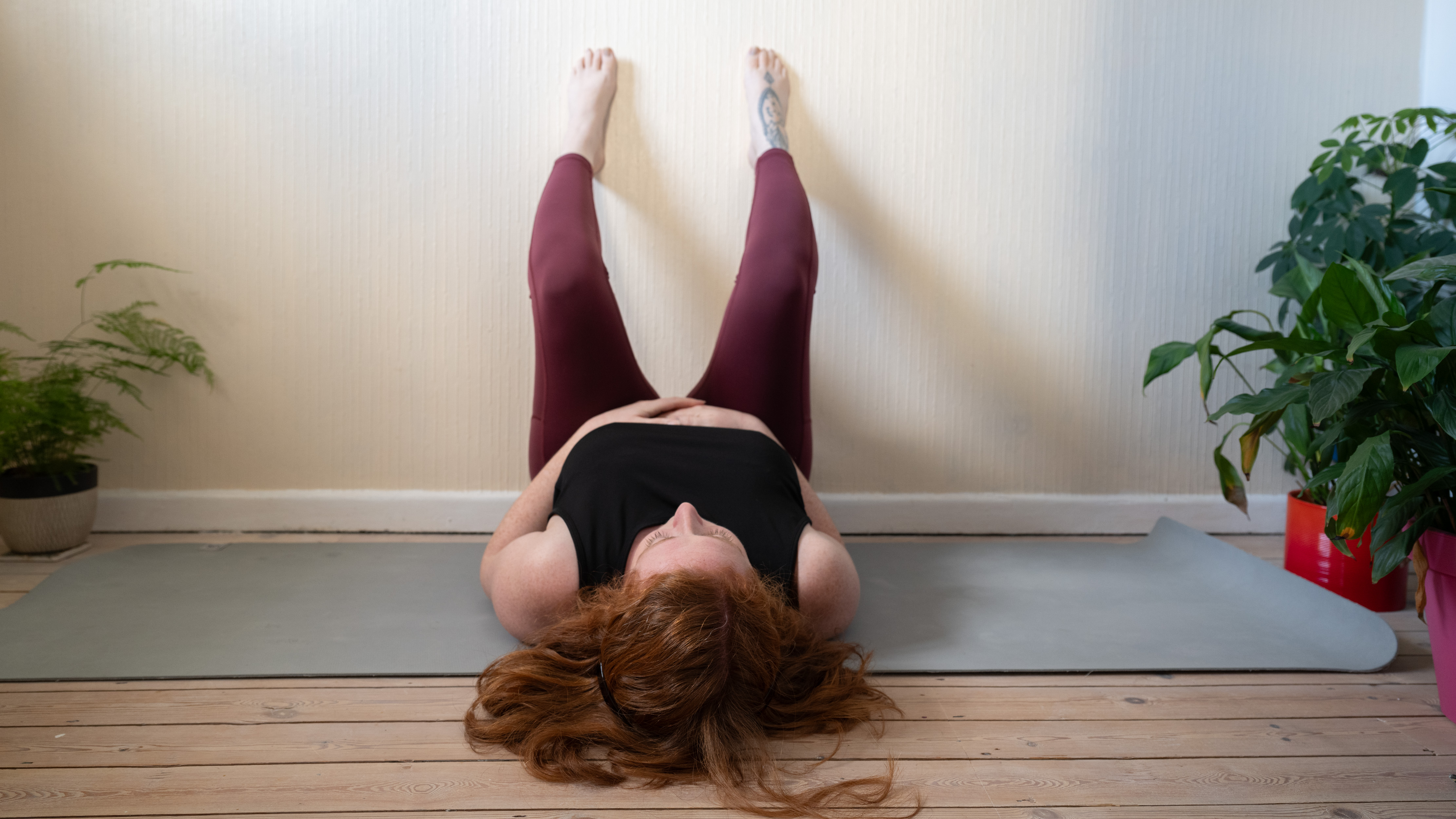
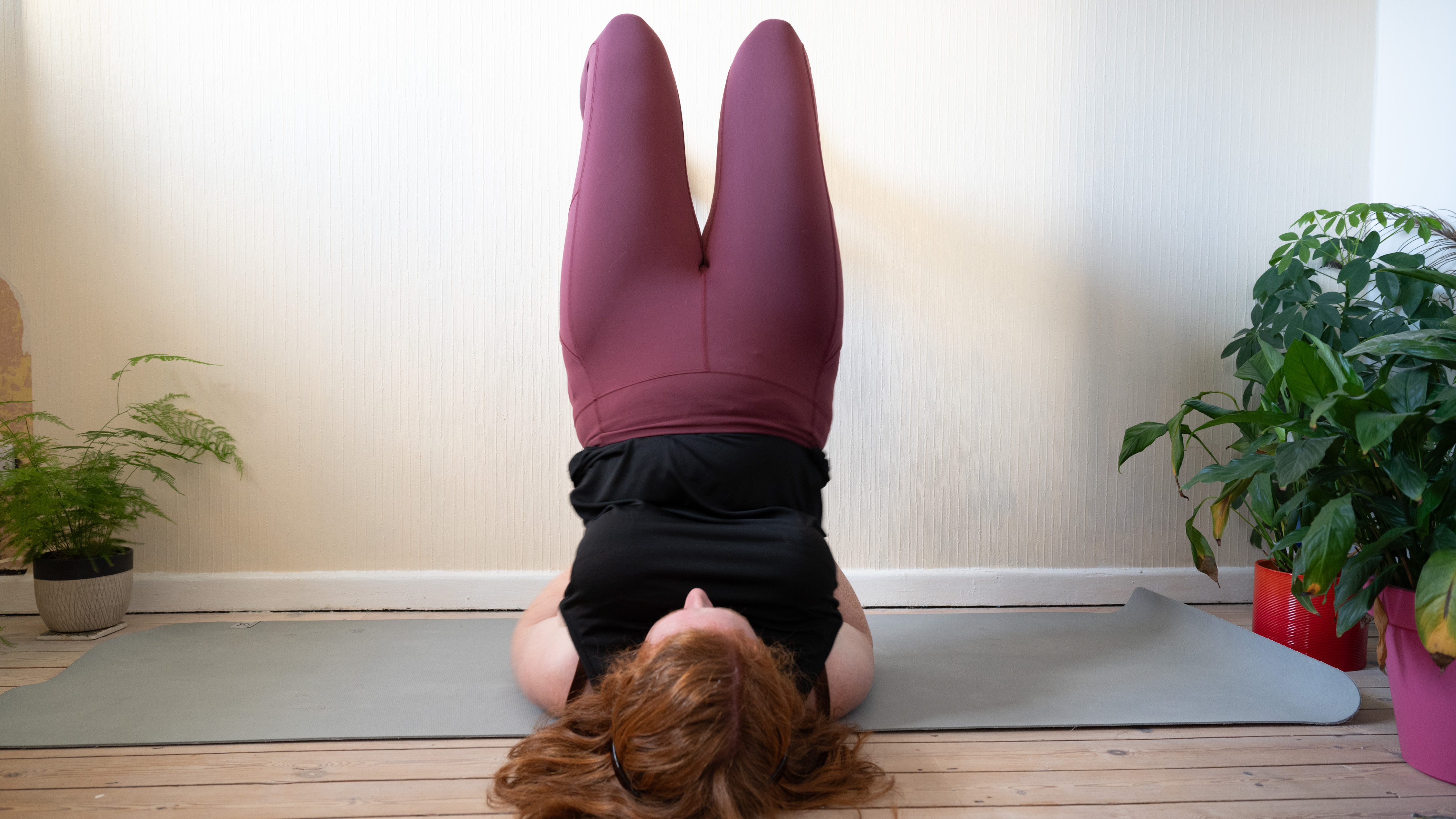
Similar to Dhanurasana, Sarvangasana or shoulder stand offers so many benefits to the whole body that it should be practised to maintain overall health. It balances the respiratory, digestive and circulatory systems as well as the nervous and endocrine systems. If we can keep these things in balance, our immune system will be functioning well and colds and flus won’t impact us.
To practice Sarvangasana, lie on your back with your knees bent, feet on the floor. Place your hands either side of you and begin to swing your knees into your chest. If you can get enough momentum to lift your back off the floor, use your hands to support your back and straighten the legs up, feet towards the ceiling. If it's not possible to get up into it from the floor, bring your buttocks to a wall, as close as possible.
One way to hug in close to the wall is to sit with one of your hips against the wall and roll onto your back. From here, place your feet on the wall and press into the wall to lift your hips off the floor. Once your hips are up, you can place your hands onto your lower back for extra support. Once you’re up in either variation, take a few deep breaths before slowly coming down.
For those in the unsupported version, take your feet over your head, use your hands as a break either side of you and using your abdominal muscles, slowly lower your back and feet towards the floor. For those using the wall, remove your hands, guide your hips back to the floor and roll to one side to come upright.
Kat has 10 years of yoga teaching experience with further training in supporting injured students. She is qualified to teach Yin Yoga, Hormone Yoga Therapy and more traditional forms of Hatha yoga. She also has a certificate as a Yoga Therapy Practitioner.
You must confirm your public display name before commenting
Please logout and then login again, you will then be prompted to enter your display name.